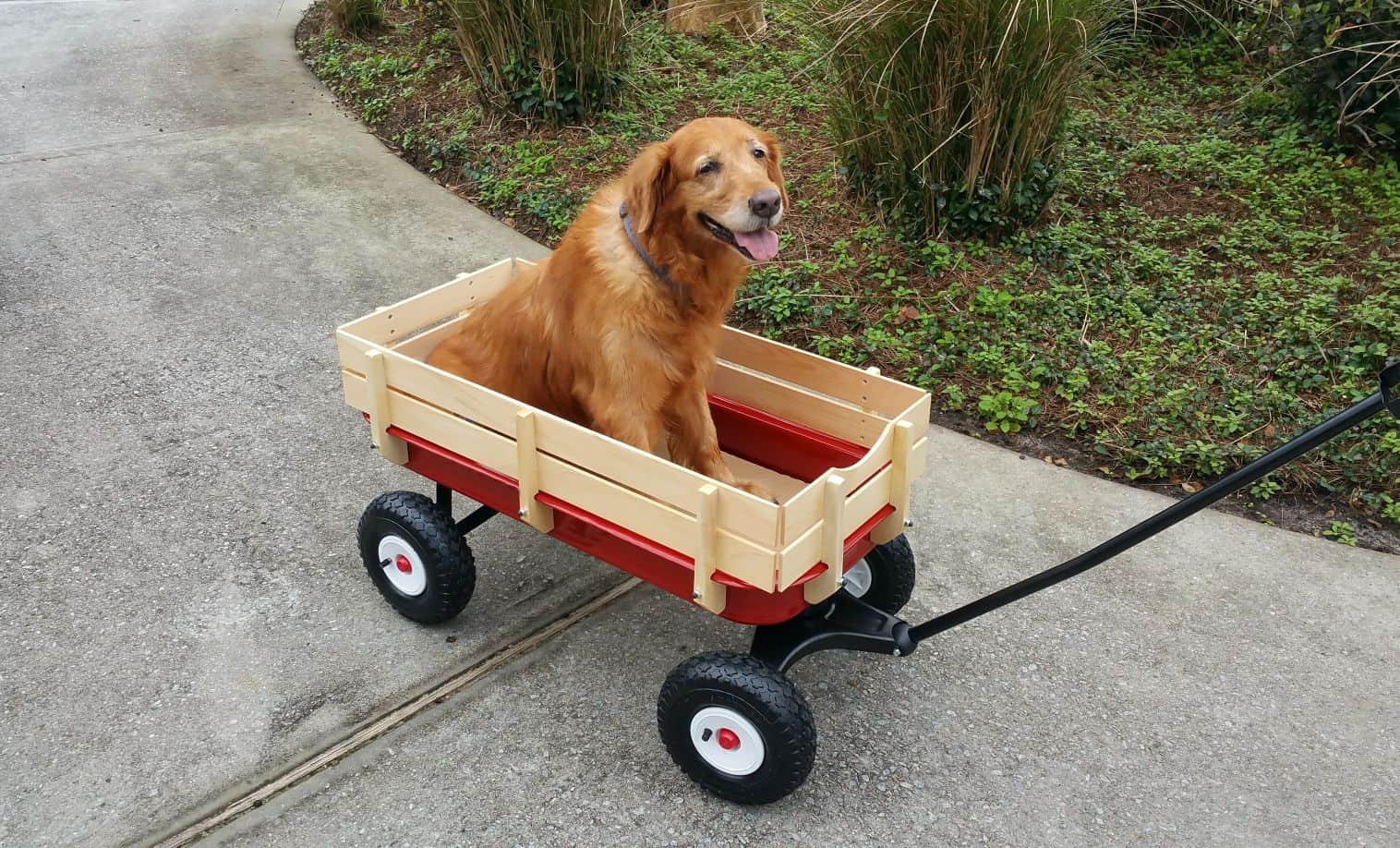At-Home Strategies to Soothe Arthritis in Pets

Our senior pets have earned the right to sleep as much as they want, resist strenuous activity, and schedule their waking hours around meals. Unfortunately, the majority of aging or older pets can’t fully embrace their retirement because they’re suffering in silence. Arthritis in pets can vary between slightly irritating to downright immobilizing. But with daily support at home and veterinary support, animals afflicted with this disease can continue to enjoy the lives they not only love, but wholeheartedly deserve.
What’s Going On Here?
Located between bones in a joint, cartilage allows for easy movement. When damaged by age, illness, or injury, cartilage cannot adequately buffer the bones. Arthritis in pets is characterized by pain and inflammation caused by relentless rubbing of the bones against each other without the cushion of cartilage. The most common type of arthritis in pets is called osteoarthritis, or degenerative joint disease.
Risk Factors
Certain dog and cat breeds are genetically predisposed to arthritis. However, regardless of breed pets can develop osteoarthritis after an injury or trauma to the bones and joints.
The most common joints affected by arthritis include:
- Knee
- Elbow
- Hip
- Shoulder
- Wrist
- Ankle
- Spine
Writing on the Wall
If arthritis in pets progresses without medical intervention and assistance at home, pain is the most obvious signifier of the disease. How do you know if your pet is in pain? Behavioral changes are the biggest red flags. They may start to withdraw from previously enjoyed activities, show little interest in company or play time, and may even act aggressively to touch.
Because osteoarthritis affects load-bearing joints, you may see limping, hobbling, and other displays of pain-avoidance while getting around the home. Other symptoms include:
- Reduced activity
- Abnormal body posture
- Decreased mobility
- Missed jumps
- Falls
- Vocalization
- Resistance to touch
- Hiding
- Lack of grooming
- Muscle atrophy
- Shaky legs
Soothe the Pain
If it is caught early on, you can prevent arthritis in pets from getting worse. However, while treatable, osteoarthritis cannot be reversed or cured.
After a thorough physical examination, we may conduct X-rays of the affected areas. Blood tests or testing of joint fluid can help us understand if there is an infection of the joint.
Pain Relief
Pain medication can go a long way toward easing symptoms. Certain targeted physical exercises can strengthen muscles and reduce the pain caused by damaged cartilage.
For some pets that also carry excess weight, losing a few pounds can make a big difference to compromised joints. Certain nutritional supplements can reduce inflammation and keep pain at bay, and we’re happy to help you find the right products.
Acupuncture, chiropractic care, and cold laser therapy are also effective treatment methods.
Arthritis in Pets
There are many ways to promote your pet’s safety and comfort at home. The use of ramps, grippy pads, grippy shoes, baby gates, pet steps, self-heating bedding, and items that reduce cold, damp drafts can all go a long way toward easing symptoms of arthritis in pets.
If you have any questions or concerns about your pet’s overall wellness, please contact our team at (916) 624‑PETS (7387).

